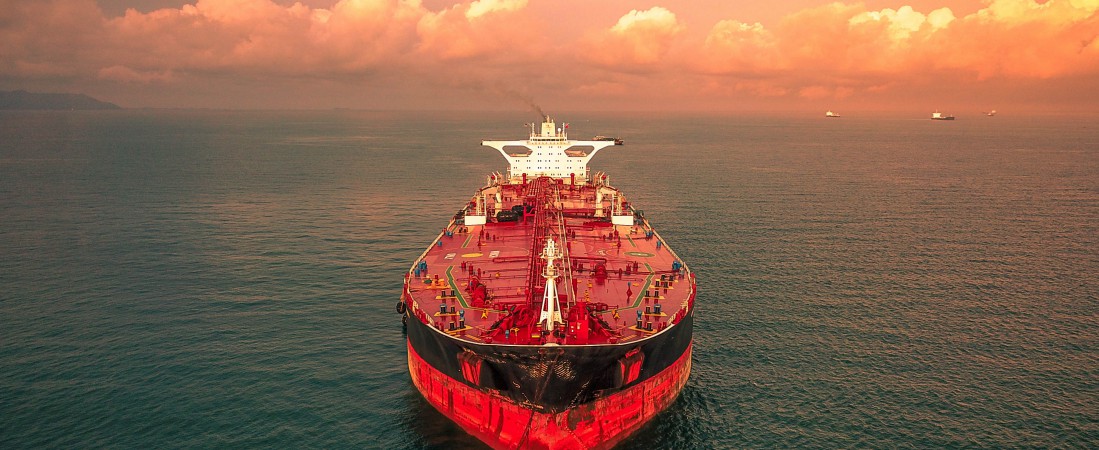
If you've ever driven past a large truck on the highway with a cylindrical tank on the back, you've likely seen a tanker. Tankers are specialized vehicles designed to transport liquids and gases in bulk quantities. These vehicles are used across a range of industries, from petroleum to food and beverage production. In this article, we'll take a closer look at tankers, their different types, uses, and regulations.
Types of Tankers
There are several different types of tankers, each designed for specific types of cargo. Here are some of the most common types:
Uses of Tankers
Tankers are used across a range of industries to transport liquids and gases in bulk quantities. Here are some of the most common uses of tankers:
Regulations for Tankers
Given the hazardous nature of the materials transported by tankers, there are numerous regulations in place to ensure their safe operation. Here are some of the key regulations for tankers:
Conclusion
Tankers are specialized vehicles designed to transport liquids and gases in bulk quantities. They are used across a range of industries, including the petroleum, chemical, food and beverage, and energy industries. There are several types of tankers, including chemical tankers, oil tankers, gas carriers, and food-grade tankers. Each type is designed for specific types of cargo and has specialized equipment and safety features.
Given the hazardous nature of the materials transported by tankers, there are numerous regulations in place to ensure their safe operation. The International Maritime Organization (IMO), the International Convention for the Prevention of Pollution from Ships (MARPOL), and the United States Coast Guard (USCG) is responsible for regulating and enforcing these regulations. In conclusion, tankers play a crucial role in the transportation of liquids and gases across various industries. With their specialized design and safety features, they ensure the safe and efficient transportation of hazardous materials. As regulations continue to evolve and improve, we can expect tankers to become even safer and more efficient in the future.
Dredgers are important machines used for excavation and land reclamation in water bodies. They come in different shapes, sizes, and types, depending on the specific purpose they are designed for. I....
Pilot boats play a vital role in ensuring the safety and efficiency of maritime transportation. These boats are designed to transport pilots to and from ships that require their expertise in navig....
Self-propelled barges are vessels that are designed to transport large quantities of cargo on inland waterways. These barges are propelled by their own engines, making them highly efficient and cos....
Barge/ Dumb Barge A barge is a flat-bottomed boat that is designed to transport goods or people on inland waterways or near-shore locations. Dumb barges, also known as unpowered barges, are t....